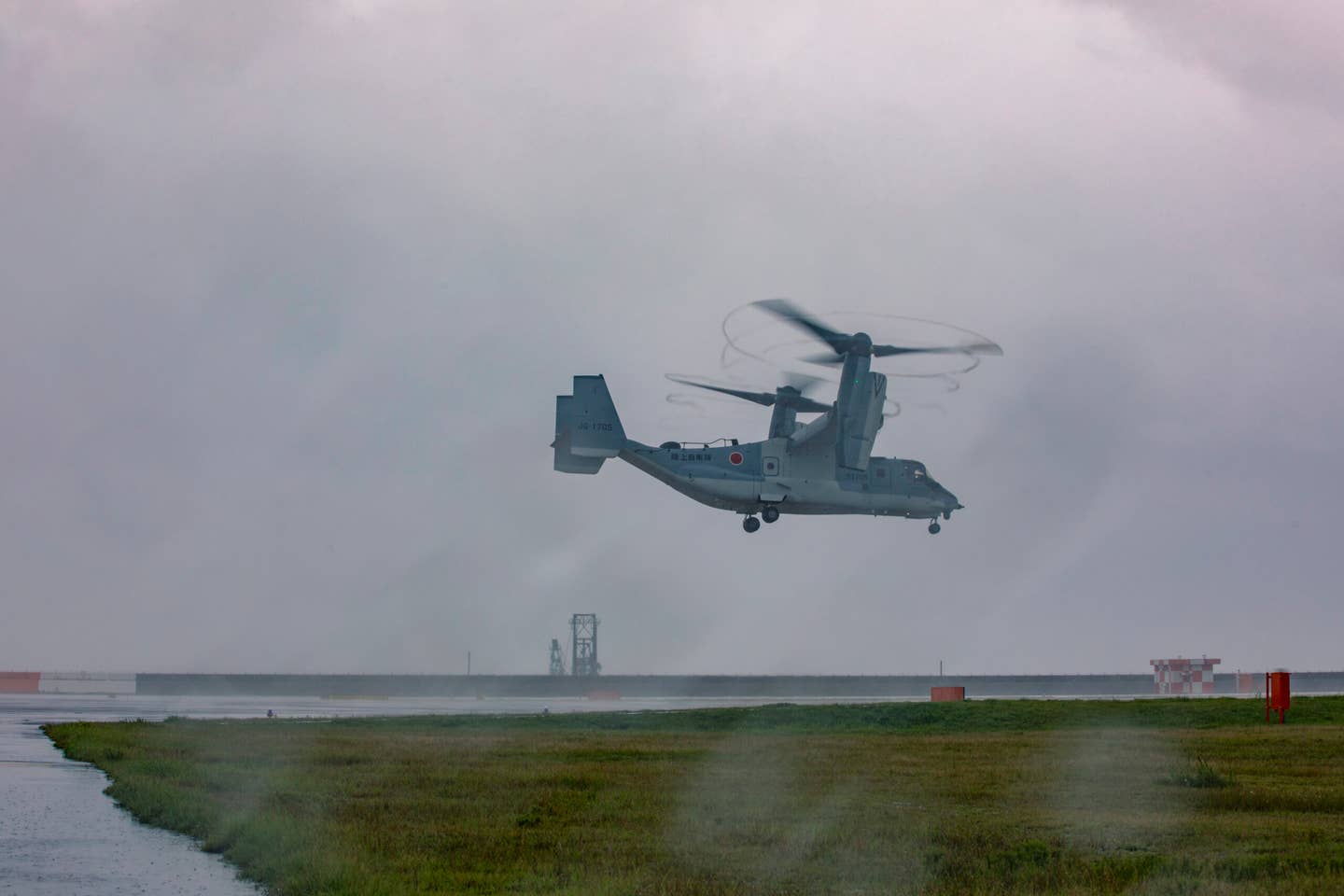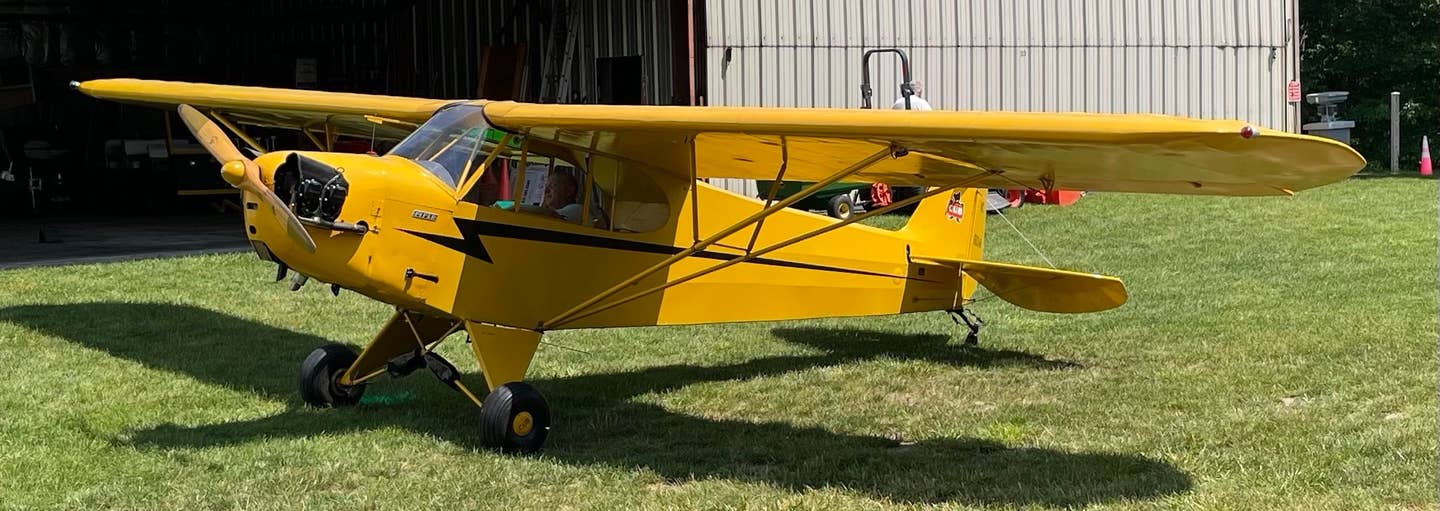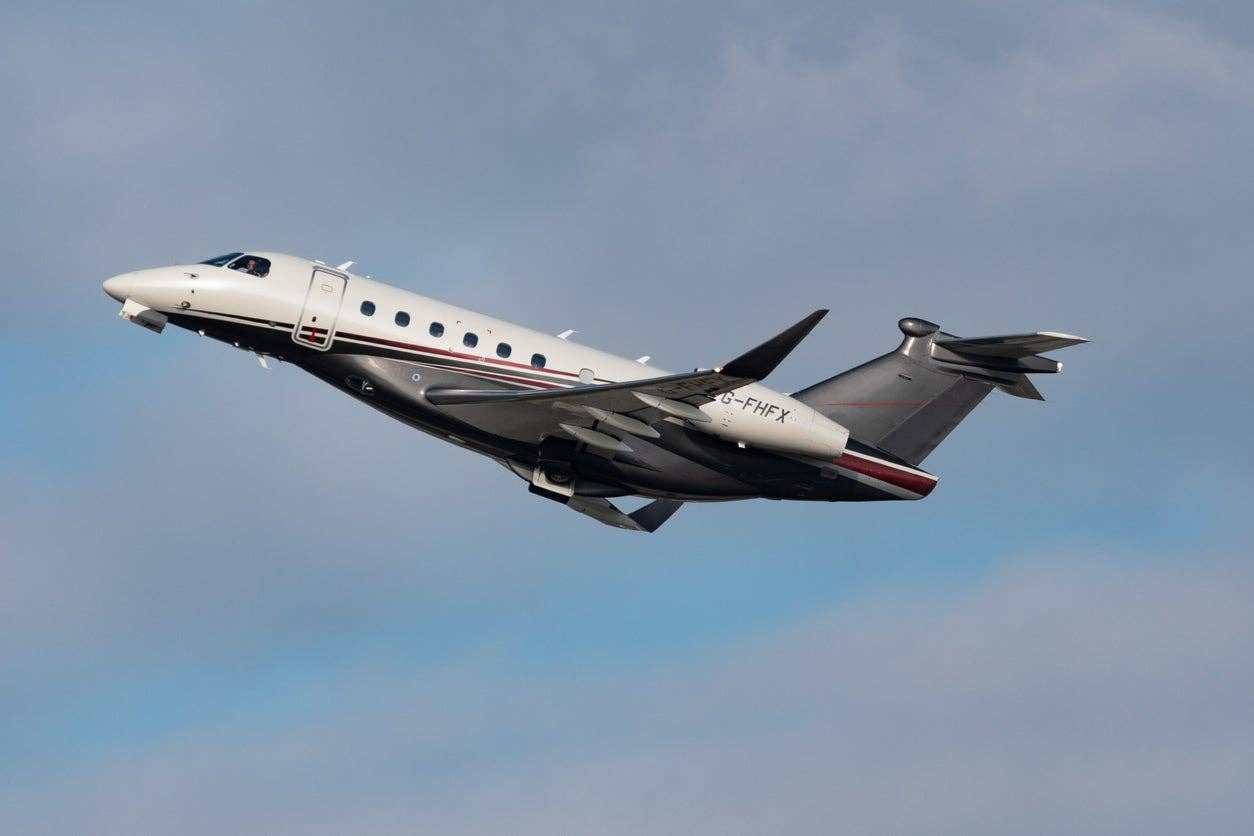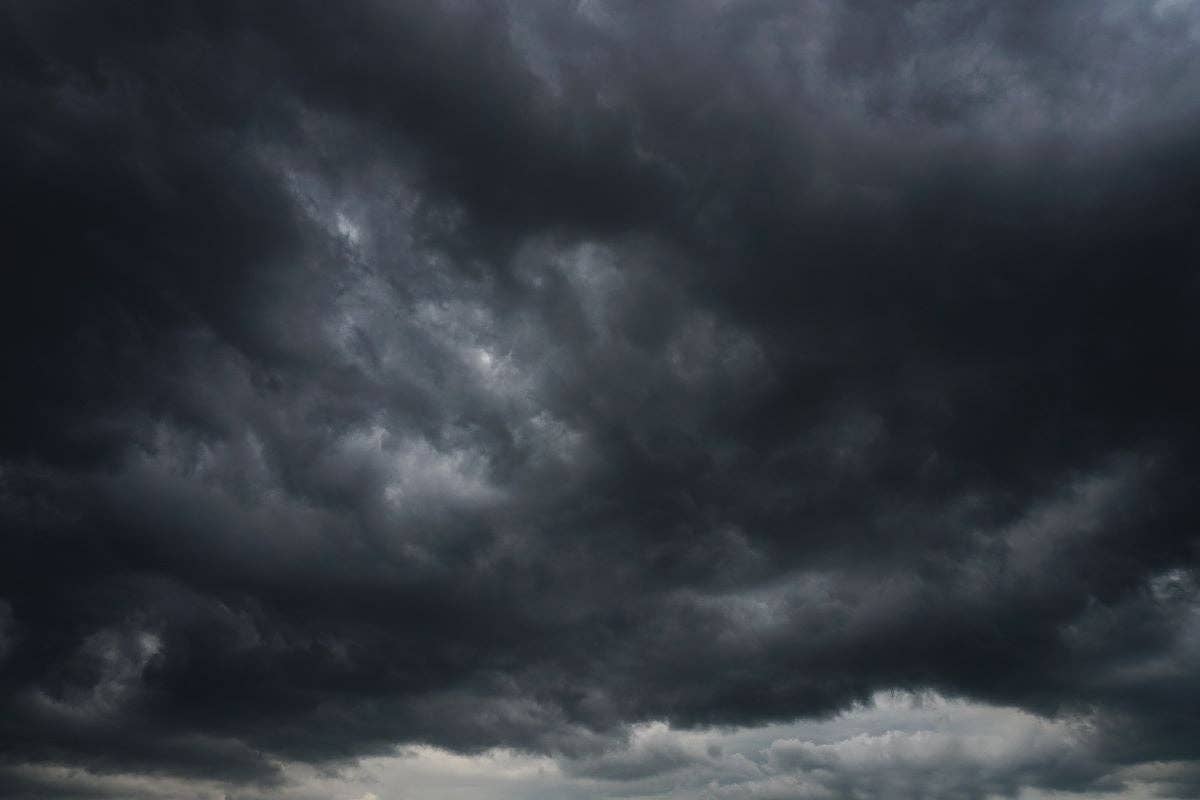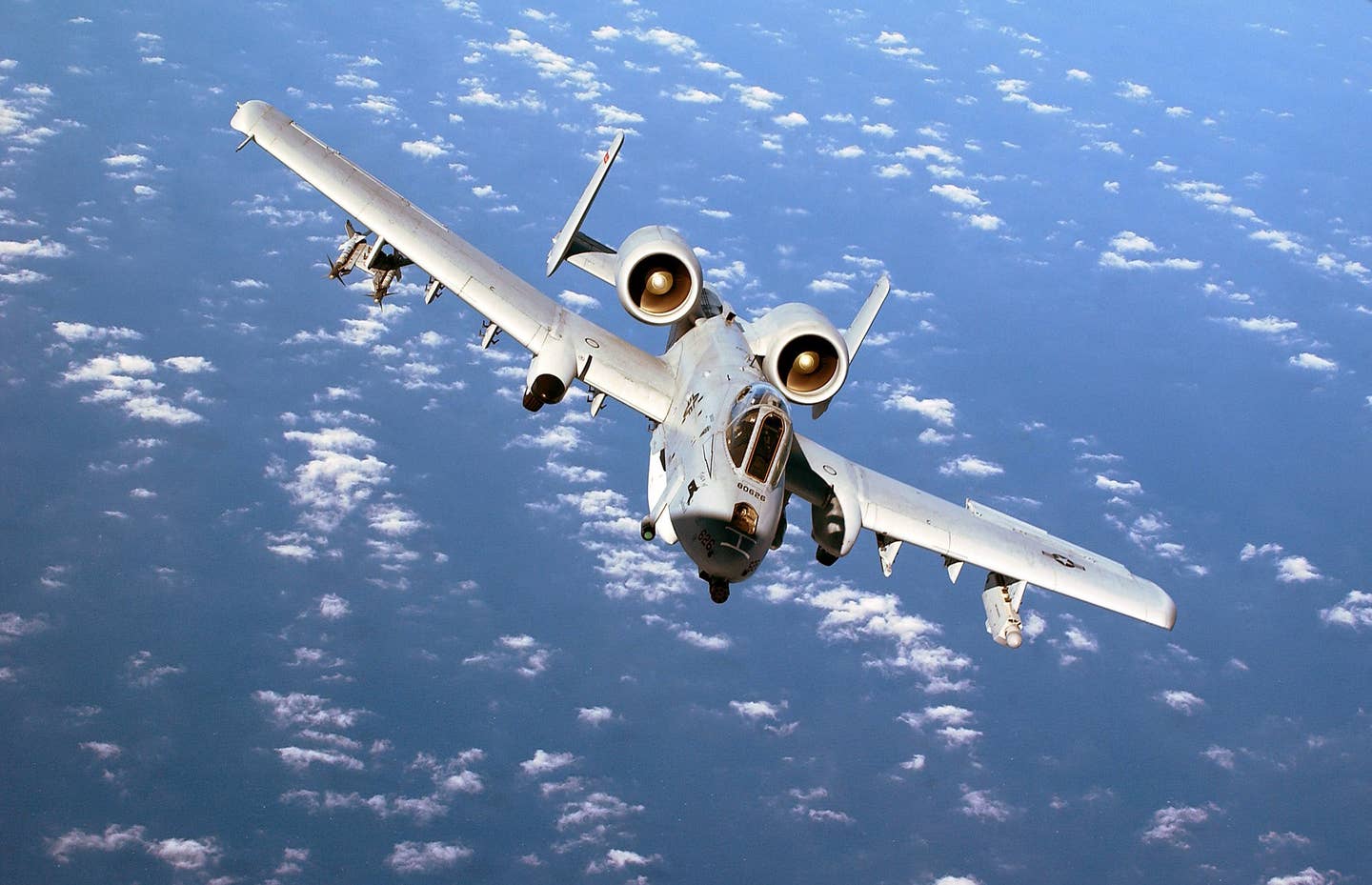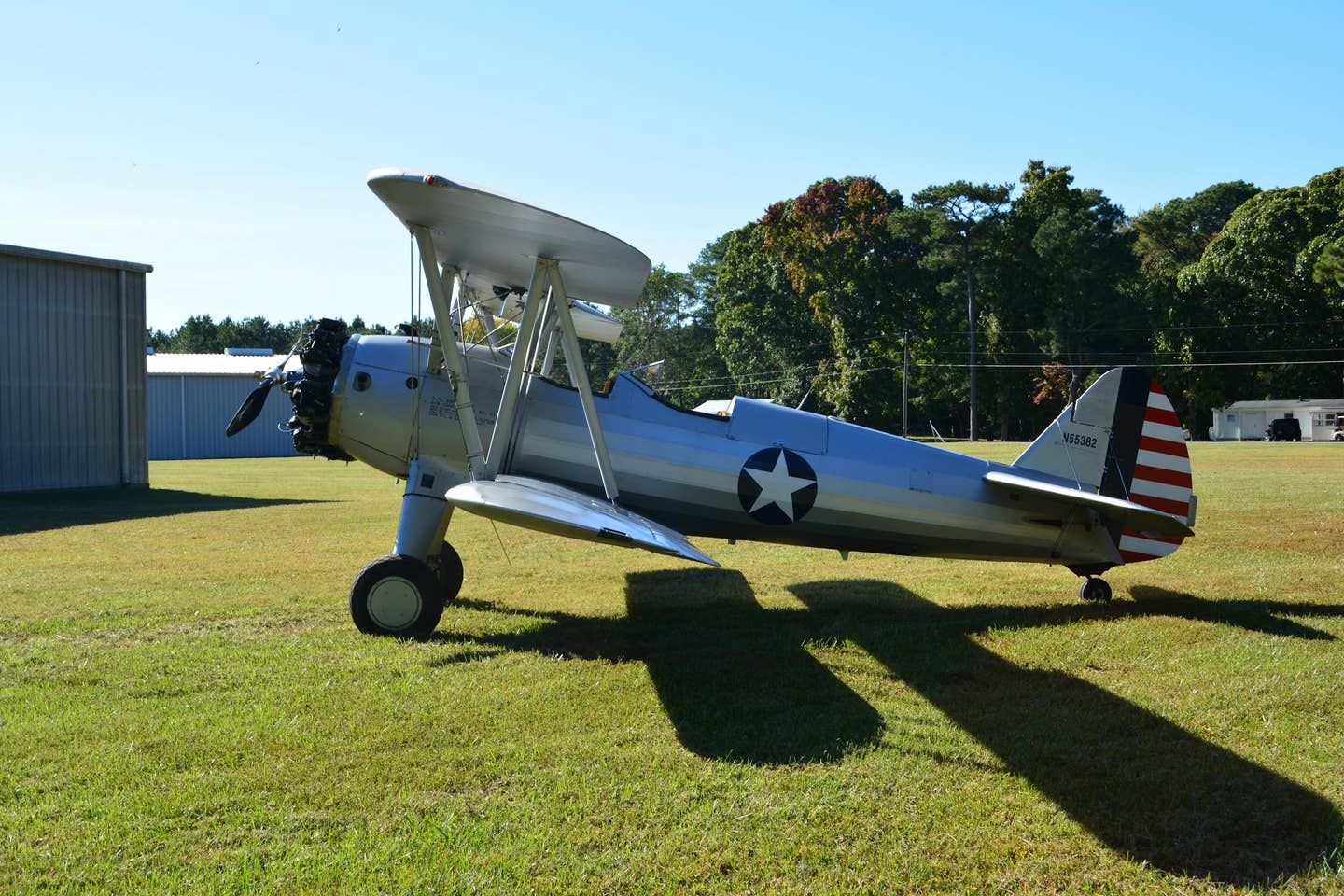
Aeroshell Square Phil High
The great thing about Oshkosh is that everybody who is anybody in aviation is there, and in that environment hanging around the world's busiest airport for a week, there is plenty of time to talk. Because of the variety of people and the time we all have, I probably learn more at Oshkosh than any place else the rest of the year.
One of my most revealing conversations was with Craig Sincock, the founder and CEO of Avfuel. Between Avfuel and Phillips 66, they dominate the market for 100LL avgas. Some of the major oil companies sell more jet fuel, but when it comes to avgas, Craig knows as much, and probably more, than anyone else. Craig, like other industry leaders, understands that forces are growing that will end the use of leaded fuel sooner than later. He doesn't know when that day will come, but he spends a great deal of time planning for the change. And what he knows is that manufacturing the fuel is not the hard part. The real challenge is everything necessary to get uncontaminated fuel of a 100 percent consistent quality from the manufacturer into aircraft fuel tanks.
For example, I don't often think about the legal liability of the fuel delivery system. But Craig does because the liability is total. If contaminated fuel, or fuel that doesn't exactly match the required specification, gets into an airplane, the liability will rip through the system all the way from the FBO that sold it to the refiner that manufactured it. The reason I don't think much about fuel liability is that the system is so good and reliable. Delivering out-of-spec or contaminated fuel in this country is extremely rare.
Because of this liability it will be very difficult to move away from the traditional fuel manufacturing and delivery system. It takes deep pockets to afford the necessary insurance, and it takes a huge infrastructure to do the job. Companies such as Avfuel participate at every step of the process, helping to make insurance available for their branded FBOs, as well as helping them lease or buy the fuel trucks, managing a delivery system from refiner to FBO and properly storing fuel so it stays in spec.
Though some biofuels or other alternatives look promising in engine tests, building a system to get some new fuel safely into fuel tanks is prohibitively expensive for such a small market as avgas. So what does Craig think will happen? As the guy who built his entire company as a fuel delivery system, not an oil producer or refiner, he thinks the 94UL -- 94 octane unleaded avgas -- will be the replacement for 100LL. Though 94UL isn't a perfect alternative, and some larger piston engines may need changes to use it, the fuel does fit in the existing system and can be made by the companies in place. Also, the resources to support it in every way, including liability, already exist. I think Craig is right.
Another chat was with Aspen Avionics boss John Uczekaj about synthetic vision on flat-glass primary flight displays. Aspen doesn't have syn viz on its compact replacement units, but Garmin does. Instead of being defensive, or dismissive of the technology, John was just the opposite. He told me that syn viz is absolutely essential in flat-glass displays and developing it is a top Aspen priority. That's what I love about aviation people, and especially the mood we are all in at Oshkosh that promotes every kind of technology. Nobody is more competitive in business than John, but instead of putting down his competition, he admires it and goes to work to match or exceed what others have done.
And of course the Garmin people were at Oshkosh, and I had time to talk with Gary Kelly, who heads up all marketing and sales. Gary had a long career at King Radio before being one of many -- including the Garmin founders -- who moved to the new company. But Gary just shakes his head in wonder at the success of the Garmin 400/500 series of GPS navigators. Garmin donated the 100,000th unit to the Young Eagles fundraising auction. That is simply astounding considering the 430 was introduced in 1998. Garmin estimates that half of all active general aviation airplanes have at least one of the 400/500 series installed.
Narco had dominated general aviation avionics for years, but in the 1970s King took the lead away with its KX170 family of navcoms. Nobody in the avionics business expected ever to see a single unit dominate the market like the KX170 did, but then none of us ever imagined a box so versatile and capable as the Garmin 400/500. Because Gary has been a key player in the avionics business for so many years, Garmin's success does make him worry at least a little. Having been on top and then starting over with a new company, he knows what can happen to big leads, and he reminds everyone at Garmin that they need to work even harder to stay on top.
Joe Walker went a long way at Osh-kosh toward making me a believer in the success of the turboprop Dornier Seastar amphibian. The Seastar, with its parasol wing and push-pull PT6 engines mounted above, has been around for about 20 years. It has basic certification, but only one airplane exists. The Dornier company has been bankrupt for years, and the Seastar project has been dormant. Dornier had built huge seaplanes in the 1920s and '30s -- including models with engines mounted in a single nacelle to push and pull -- but there hasn't been an amphib bigger than a lake built in decades. Who would buy a Seastar now?
Well, Joe has been the marketing and sales guy at several of the top business-jet manufacturers, and he knows how to find buyers. Joe told me that some of the same high-net-worth individuals he sold jets to also have big yachts and love the idea of a flying boat. The Seastar is made entirely of composites, so the leaks and corrosion that have been the bane of all floating airplanes are nearly eliminated. The interior of the Seastar has been refitted with expensive yacht-quality furnishings, and it's easy to imagine yourself splashing down beside your yacht or lakeside home. Now I get it, Joe.
Joe has also received interest from some of the Pacific island nations, such as Indonesia, with hundreds of islands in their territories, most without runways or maybe even the space for one. The Seastar could be the only way to patrol the area or rush in aid after a disaster. Because of its size - maximum takeoff weight is more than 10,000 pounds - the Seastar can handle rougher water than airplanes on floats can. And in high-density configuration it can seat 12 passengers plus two crew members.
There were so many more interesting people that I talked to during the week, and I know it was the same for almost everybody who was at Oshkosh. There is a lot of formal information exchanged with seminars and forums, and that's good, but casual conversations at Oshkosh that just aren't available anywhere else fill in the blanks for the entire range of aviation interests. We Love Trees The paper that Flying is printed on has been certified by PEFC, the Program for the Endorsement of Forest Certification schemes. What PEFC does is inspect and audit paper producers to make certain the wood is harvested from sustainable forests. The program, obviously, makes sure that trees are replaced with new growth, and that irreplaceable ancient forests are not used for lumber and paper. It also considers the welfare of the people who work in the forest and does its best to be sure that their livelihood and quality of life is sustainable too.
It still takes fibers to make paper, and that means cutting down trees. But I'm proud that our company is doing its best to be sure that the forests of the world are sustained, and so are the people who depend on them. Come to think of it, we all depend on trees in one way or another. Sorry, Customs I need to apologize to U.S. Customs for the negative comments I made about the new eAPIS online border-crossing clearance system. The program works much better and is easier to use then I had feared.
Under eAPIS (electronic Advance Passenger Information System), which became a requirement late last spring, pilots crossing the border in either direction must file a report online and receive acknowledgement before takeoff. Previously, eAPIS pilots of private airplanes had to notify customs only of entry into the country, and usually an advance phone call to the customs office at the airport at which they would land was all that was necessary.
I still think the whole thing does nothing for real security because only law-abiding pilots bother with customs at all. But since I am a law-abiding pilot, I dreaded the new requirement and expected to be forced to use an incomprehensible website. My last flight out of the country just missed the eAPIS deadline, so I put off using it until flying up to London, Ontario, in August to visit Diamond Aircraft and fly the new D-Jet.
It turns out that Diamond has been using eAPIS to deliver its new airplanes into the country for more than two years in a sort of test program, so it is all up to speed on the system. Jeremi Austin spent some time on the phone guiding me through initial use of the eAPIS site, and he was most helpful and no doubt saved me from being redirected back to add some missing data. Crew and aircraft information is stored on the site so it does not have to be entered each time, except for entering an address for "where you are staying while in the United States." After you have entered your permanent residence at a U.S. address, I'm not sure why you have to do this, but it looks like you must.
Passenger data cannot be stored, and you will need to have on hand complete names, passport numbers, addresses and so on. But you had to have most of that information for Customs Form 178, which we had been filling out before eAPIS. When you have all the data entered you "submit the manifest." I did, and in a couple minutes I had an e-mail back that reported customs had received the eAPIS submission. There is a number assigned to each submission, and I wrote that down just in case somebody asked for it, but no one did.
Landing at London involved the usual beautiful Canadian Canpass system, which I had called before takeoff and after landing. Canadians don't care about eAPIS and may never see the information, for all I know.
For the flight home to White Plains, New York, it took just a couple of minutes to fill out the eAPIS form online. One of the questions that seems daunting is "Where will you cross the border?" Since I didn't have my IFR clearance yet, I didn't know for sure, but Jeremi had told me an approximate location would work fine, so I put down "over Lake Erie." I also called customs at White Plains to let them know when I would land, which you still must do, but they didn't seem to care very much as they took about 10 seconds to call up my N-number on the computer and see the eAPIS information all there.
At White Plains two customs officers walked out. One asked for my passport and compared its information to the eAPIS form he had printed out on his clipboard, while his colleague walked around my Baron with the radiation detector, which is now the normal treatment. The whole process took maybe a minute, and I never had to fill out a form on paper.
Like I say, I don't feel any safer with the system in place, and I worry about pilots heading home from a remote island or a backwoods hunting camp and how they will get Internet access, but the eAPIS process is about as painless as government interaction can ever be.

Sign-up for newsletters & special offers!
Get the latest FLYING stories & special offers delivered directly to your inbox

